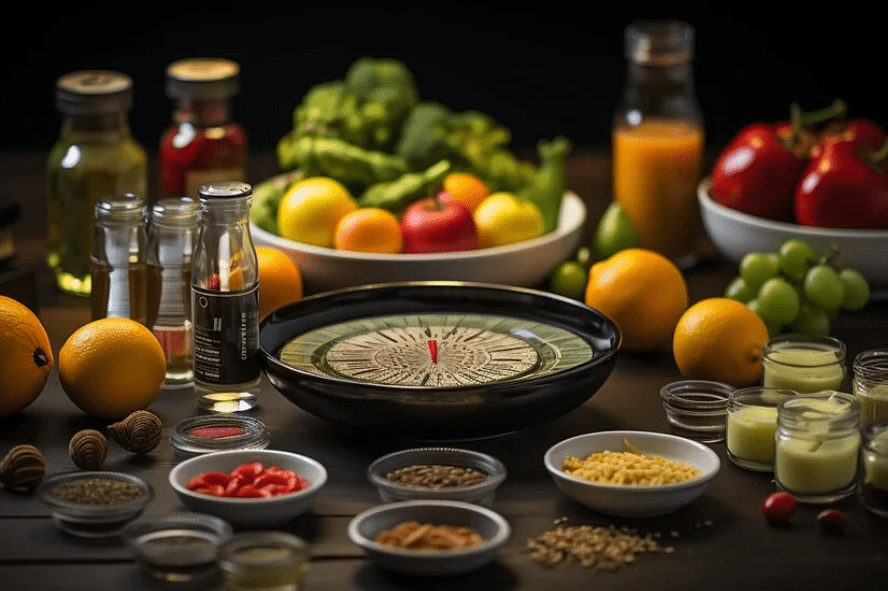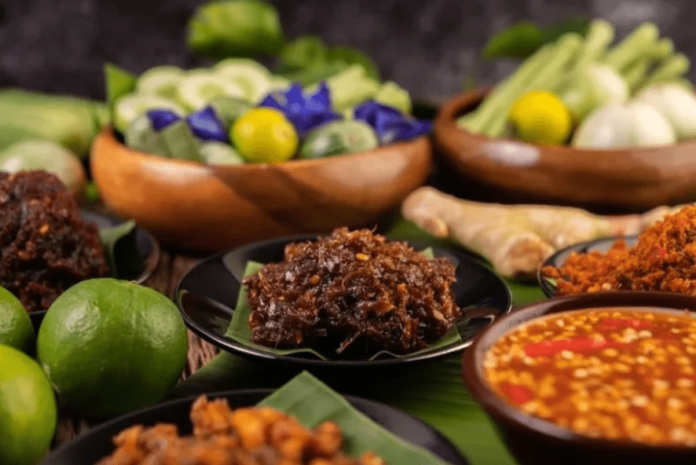Cassasse is a traditional dish with hundreds of years of heritage and flavor. Cassasse is the centerpiece of [insert cassasse origin] in the bustling culinary scene. Cassasse is often compared to a soup or goulash that is prepared to enchant people with its subtle texture and aroma. This regional favorite is highly valued [Describe important flavors or qualities such as strong flavors, beautiful textures, and a great blend of spices] that has won the hearts of many families.
Table of Contents
Beginning and History
Topographical Beginning
The origins of Cassasse can be traced back to [insert region], where Cassasse was originally developed by indigenous peoples or pioneers who wanted to survive with locally available ingredients. The region’s fertile soil and diverse ecosystems provide a wealth of culinary resources that helped transform Cassasse into the famous dish it is today.
Verifiable Importance
Cassasse drama has influenced local culinary traditions since ancient times. They decorate the dining table at important events such as parties, feasts, and everyday meals. In addition to its culinary importance, Cassasse symbolizes creativity and adaptability. Showing how simple ingredients can be transformed into a feast that satisfies the body and mind. Cassasse’s continued presence in regional cuisine underlines its social relevance and ability to create connections through shared traditions.
Social Importance

Job in Festivals
In addition to food, Cassasse is also a social symbol, deeply rooted in local celebrations and traditions. Families gather to prepare and enjoy Cassasse during festivals such as [insert festival], creating lasting memories and strengthening relationships within the community. The traditional plating of Cassasse represents unity, kindness and the preservation of culinary traditions.
Imagery and Significance
The preparation and preparation of Cassasse carries symbolic meanings that reflect the characteristics and beliefs of the family, for example [insert ingredient] means [insert meaning] and slow cooking. Over an open fire is a symbol of diligence and attention to detail. These defining elements make Cassasse more than just a simple meal. towards a sense of community spirit and social character.
Fixings and Varieties
Center Fixings
- The key ingredients of Cassasse are what give it its distinctive flavor and texture:
- Cassava: Maintains the variety of ingredients. while providing a nice base with a dull texture.
- Black Beans: Essential to the flavor profile of this dish. By increasing the protein and coarse concentration.
- Coconut Milk: Changes the flavor and enhances the overall presentation by adding a bit of richness and sweetness.
- Garlic and Onions: Sauté to create a deep, complex base.
Territorial Varieties
- Flavors and Spices: Add heat and deep sweetness with thyme. Strong greens and peppers
- Cassas are adapted to local tastes and prepared in a variety of places:
- Haitian Cassava: Characterized by a rich, spicy flavor. This includes Scotch Bonnet peppers.
- Brazilian Cassava: Provides a lighter, more nautical flavor with a mix of seafood and green beans.
- West African Cassava: Combine peanut butter and sweet potatoes for a rich, luxurious flavor.
Substitutes and Transformations
If traditional ingredients are not available, other ingredients such as potatoes or taro can be substituted for cassava. Peas or lentils can be substituted for black beans. And substituting non-bean coconut milk can still capture the spirit of Cassava while still satisfying their dietary preferences.
Planning Interaction
Bit by bit Directions
- Here are some steps to add complex flavors to the perfect casserole:
- Start by frying chopped onion and minced garlic in vegetable oil until fragrant.
- Add black beans and cassava. Mix the chopped cassava and peas. Then top with the onion and garlic mixture.
- Stems and Stock: Add vegetable stock, bring to a boil, then reduce heat, cook tapioca until tender.
- Mix coconut milk: Add coconut milk and stir well for a richer flavor.
- Add thyme, fresh vegetables, salt, pepper and Scotch bonnet pepper (if desired) to season and serve. Serve warm and garnish with fresh herbs.
Cooking Strategies and Methods
Conventional Techniques
Traditional cassas is usually cooked in a clay pot over an open fire or by slow cooking method. It helps the flavors develop and retains moisture.
Present day Transformations
For convenience Modern kitchens can use a colander or slow cooker. It still maintains the richness of flavors that are unique to cassas.
Matching Cassasse
Steamed rice, a bowl of fresh salad or crusty bread go well with cassas to enhance the flavors and absorb the quality of the broth. Drinks such as light wine or herbal tea can also enhance the dining experience.
conclusion
Cassas is more than just a plate of food. Rather, it is a food journey through time and culture. From its humble beginnings to its new creations. Cassas never fails to captivate food lovers with its rich flavors and symbolic meanings. This dish is perfect for social gatherings or everyday meals. It is considered a delicacy that straddles the line between tradition and modernity. Embrace the specialness of this dish Explore the different formats and appreciate the social heritage that this dish represents.
Understanding the origins of the dish, its ingredients, and cooking techniques will help you embark on a culinary journey that celebrates the diversity and uniqueness of the region through the universal language of food. Discover the wonders of this dish and take part in its heritage that has endured for years.
Facts:
- This dish was born in [Specify region] It is derived from local recipes and cooking techniques.
- Due to its deep social and taste significance This dish has been a staple of local cuisine for a long time.
- Its main ingredients include coconut milk, tapioca, mung beans, onions, garlic, and spices such as Scotchbonnet peppers and thyme.
- Different regions have adapted this dish, adding unique ingredients and flavors, such as this West African and Haitian dish.
- It is usually cooked over an open fire in a clay pot or using a slow cooking technique to enhance the flavors.
SUMMERY
Cassava is not just a food. It is also a symbol of the region. history and culture too From its humble beginnings to its creative diversity. Cassava remains one of the most nutritious foods. They are popular for special occasions and everyday meals. Cassava is a versatile dish that bridges tradition and progress as it adapts to different regions. reflecting local preferences and ingredients
Frequently Asked Questions
Q: What is Cassasse?
A: In [insert region name], Cassas is a traditional dish known for its deep flavors and social significance. It usually includes cassava, peas, coconut milk, garlic, onions, and various spices.
Q: Where did Cassasse start?
A: Cassas was first made in [insert region name] by early settlers or members of a local group using ingredients available in the region.
Q: How is Cassasse arranged?
A: To prepare cassava. Add onions and garlic. Add cassava and green beans which are a bit unpleasant. Simmer with vegetable stock And finish with coconut milk and spices such as Scotchbonnet peppers and thyme.
Q: What are a few provincial varieties of Cassasse?
A: Ingredients that vary from region to region include West African cassava. (which combines peanut butter and sweet potatoes) Brazilian cassava (which focuses on green beans and fish) and Haitian casserole. (which is spicier with Scotch Bonnet peppers)
Q: What might I at any point substitute in Cassasse in the event that I can’t track down conventional fixings?
A: To accommodate dietary preferences and accessibility. Therefore, potatoes or sweet potatoes are used instead of cassava. Green peas or lentils replace boring green beans. and choose milk over coconut milk.





